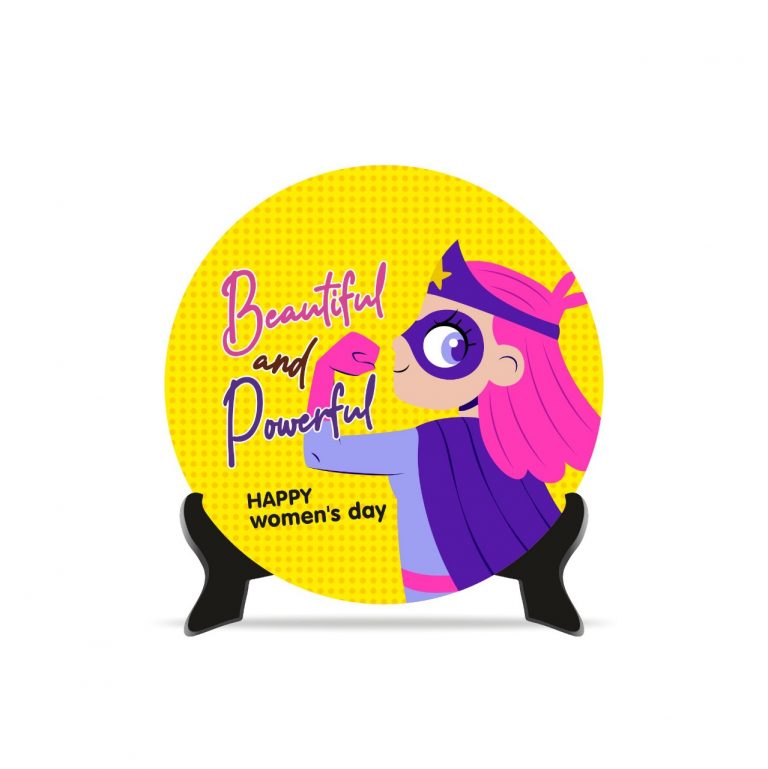The world of work is not just changing; it is fundamentally transforming. As a world-class researcher and journalist in the HR space, my analysis shows 2025 will be a year of maturity, where companies move past reacting to change and start building truly amazing workplaces for the future.
This transformation focuses on three key pillars: how we work, what keeps people engaged, and the qualities of effective leadership in workplaces. Companies that understand these shifts now will gain a decisive competitive edge.
The Evolving Landscape of Work Flexibility
The initial shock of remote work has faded. What remains is the long-term, lasting shift toward flexible and skills-first organizations.
Hybrid Work is the Standard
The debate is essentially over. Hybrid work has settled in as the dominant model for knowledge workers.
- A recent Gallup poll indicated that 52% of remote-capable U.S. employees work in a hybrid environment as of August 2025.
- The same data shows 60% of these employees actually prefer a hybrid setup moving forward.
- Flexibility is no longer a perk; it is a critical retention tool. About 76% of workers say having flexibility in when and where they work influences their desire to stay with an employer.
This means organizations must invest in creating equitable experiences. The physical office is transforming from a place of mandatory daily attendance into a hub for connection, collaboration, and culture.
A Skills-First Mindset
The focus is shifting from traditional credentials to demonstrable skills and competencies.
- The rapid rise of AI and automation means job requirements are changing faster than ever before. PwC research suggests 20% to 30% of white-collar jobs could be partially automated in the next 5 to 10 years.
- This drives a greater need for reskilling and upskilling programs. HR teams are using AI to dynamically map the workforce’s current skills against future business needs.
- A skills-first approach helps broaden the talent pool, focusing on capability rather than just where someone went to school.
Building an Exceptional Employee Experience
Employee experience (EX) has matured from buzzword status to a core business strategy. It’s the driving force for both attraction and retention.
Well-being Becomes Holistic
Employee well-being is no longer limited to physical health. It encompasses mental, financial, and social health.
Related Posts
- Companies are recognizing that happy, healthy employees are more productive.
- Proactive well-being programs-such as mental health stipends, access to therapy, and dedicated “focus time” without meetings-are becoming the norm.
- This approach is critical to combating burnout, a growing concern in the “always-on” environment of flexible work.
Culture and Belonging Matter Most
Culture is the invisible force that holds a hybrid workforce together. When people don’t see each other every day, the shared purpose and values must be crystal clear.
- Research shows that employees with a high sense of psychological safety are significantly more likely to feel they belong.
- Diversity, Equity, and Inclusion (DEI) efforts are deepening. They are moving beyond simple quotas toward fostering genuine belonging and ensuring equitable growth opportunities for everyone.
- Regular Workplace surveys and feedback tools are essential for measuring these complex, nuanced aspects of experience in real-time. This data-driven listening strategy guides continuous improvement.
The New Face of Leadership
The way we lead teams is perhaps the most significant transformation. The old “command and control” style is obsolete.
From Commander to Coach
Effective Leadership in workplaces now centres on coaching, empathy, and facilitating.
- Leaders must develop emotional intelligence to navigate the complexities of remote and diverse teams. They must trust their people to manage their own time and output.
- This means prioritizing manager development. Gartner confirms that leader development remains a top priority for HR leaders in 2025, driven by managers feeling overwhelmed by their increased responsibilities.
- Leaders are tasked with creating a clear sense of purpose that links daily work to the company’s bigger mission.
Trust and Transparency
In a world full of disruption and uncertainty-from economic shifts to the rapid adoption of AI-trust is the most valuable currency for a leader.
- Leaders are expected to champion ethical AI use and be transparent about its impact on jobs.
- Pay transparency is emerging as a major HR issue that leadership must proactively address, using data to build fair and clear compensation frameworks.
- Organizations are increasingly using people analytics, including certification for high-performing programs, to measure both employee experience and leadership effectiveness. This real-time data drives accountability and fosters a culture of authenticity.
The workplace of 2025 and beyond is fundamentally a human-centric one.
Success will belong to organizations that treat flexibility as a foundation, employee experience as a competitive differentiator, and leadership as a supportive, coaching role rather than a controlling one.









